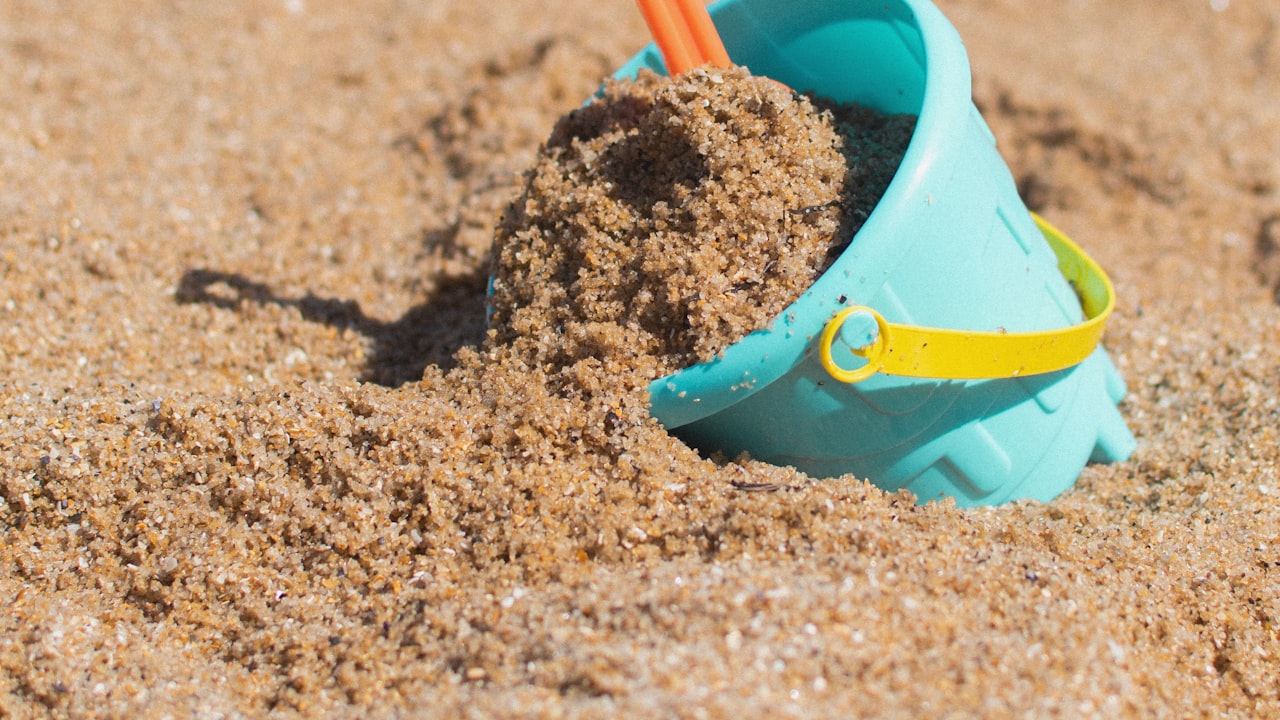Among the most ubiquitous containers is the bucket. Their height, wide mouth opening, and ubiquitous handles are all features of their design. The fundamental function of a bucket would be to transport and store objects safely.
However, not every bucket serves the same purpose. Certain buckets are made from materials that are easily damaged by touch with other objects, while others require regular upkeep to keep them in good working order. The sizes range from huge enough to hold a human to be small enough to fit in a three-gallon pail.
3 gallon buckets are not only a practical size but also universally compatible with a wide range of add-ons.
Kinds Of Buckets Available
Keep in mind that any metal can rust if something comes into touch with water or any other liquid. As a material, wood has issues with transporting liquids due to its porous structure and propensity to absorb water and then rot.
Some chemicals are utilized to render wood less porous. However, these chemicals can leach into liquids and make them toxic. The advantages of these two materials are obvious, but plastic buckets get the upper hand because they can use them to store so many different things.
How Are Buckets Made?
Plastic buckets range in size from small to medium and can be used to transport or store a wide range of items in smaller quantities. Blow molding and plastic injection molding services are made to produce all plastic containers.
High-density polyethylene is commonly used in the production of buckets. HDPE is a durable thermoplastic that doesn't react to anything and can be stored or transported in any climate.
How Long Does A 3 Gallon Bucket Last?
The qualities of flexibility and malleability complement one another very well. Being malleable means, you can bend or flex in particular ways without breaking, while flexibility is the ability to adapt to different circumstances.
The object's durability results from the combination of these two features. This feature is noted for its durability, which makes it difficult to break but simple to shape. Buckets have a wide range of potential applications.
Build Quality
Buckets made of metal or steel are rigid and can't be used for anything creative. Metal is well-known for its durability, which was useful in ancient times. A material's seeming durability can be misleading because of its potential heaviness. A more flexible material achieves reduced overall mass.
Though they have their flexibility, wooden buckets simply can't compete with the incredible longevity of plastic ones. Plastic buckets may take on some force or impact because of their ability to adapt to different conditions.
If you try to put too much weight in a plastic bucket, it will bend. The fact that the plastic bucket can withstand hotter temperatures is further proof of its resilience.
Plastic buckets are durable even when subjected to high temperatures since they do not conduct electricity or heat. In contrast, metal and wooden buckets will quickly absorb heat, which could seriously harm the user.


